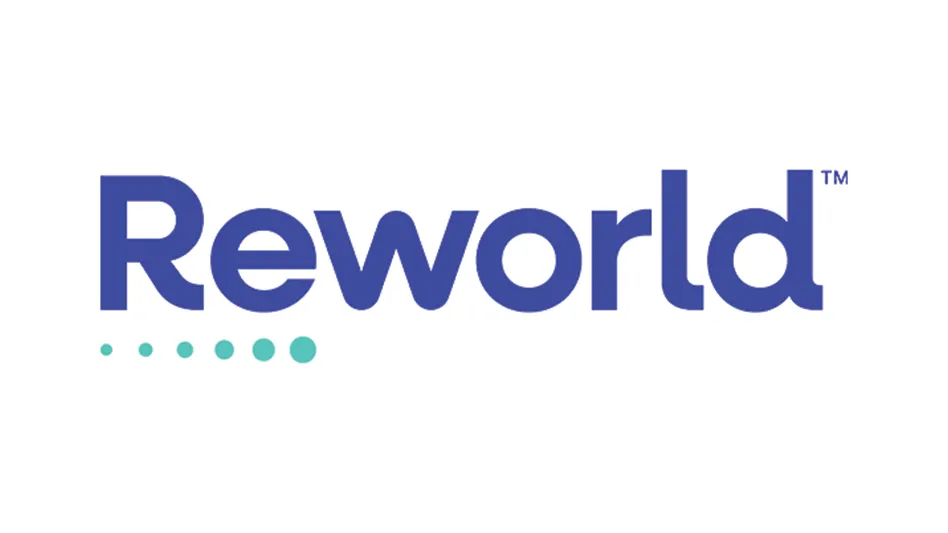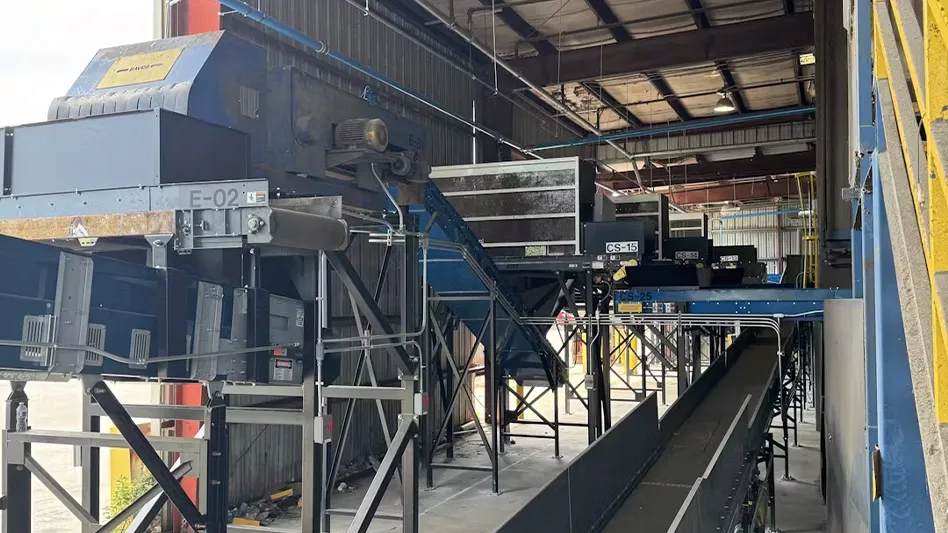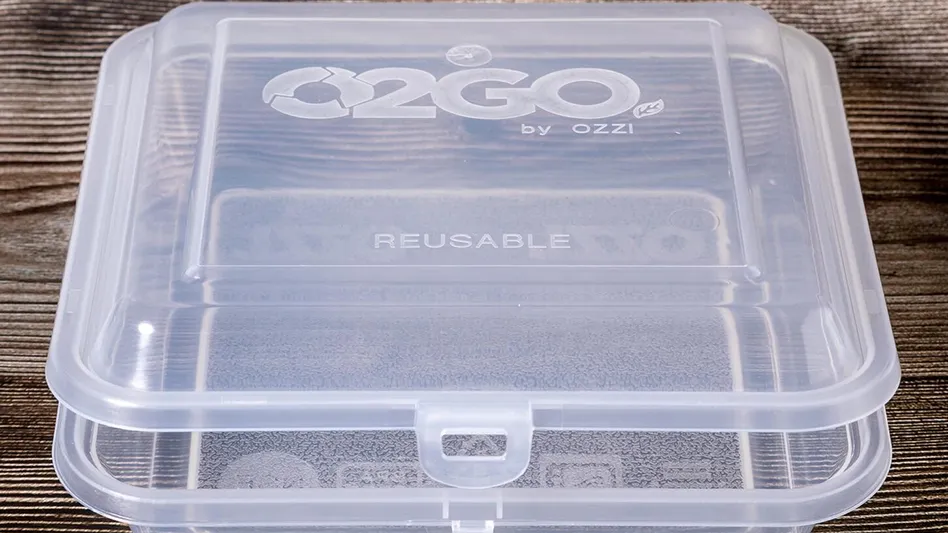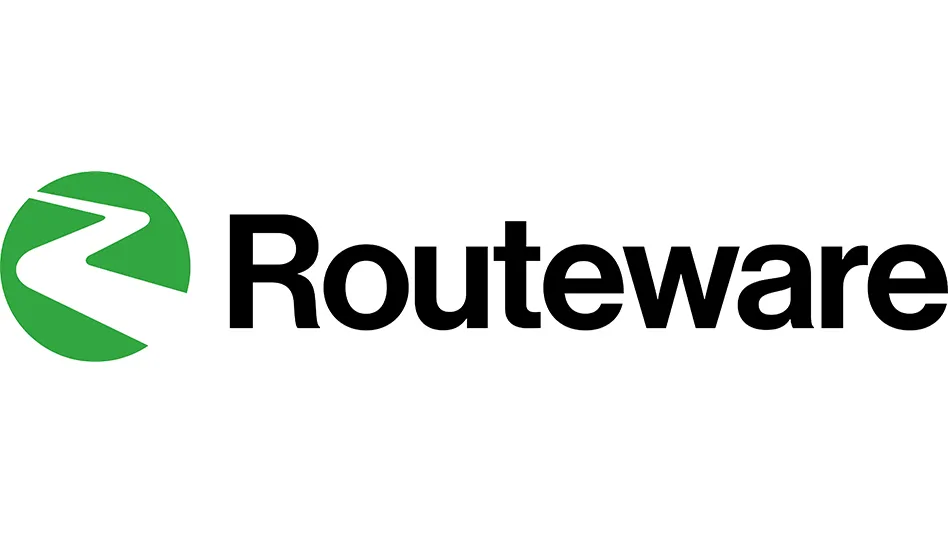In summer, box demand was very robust in the United States, while inventories were low at containerboard mills. In response, domestic containerboard mills were very hungry for recovered paper—particularly old corrugated containers (OCC) and mixed paper.
This demand pushed domestic OCC and mixed paper prices up consistently over the summer months, and many mills were willing to pay high premiums to secure fiber. Some recyclers told Recycling Today in August that domestic mills were purchasing tons from across the U.S. to shore up their inventories.
As of October, many mills appear to have satiated their appetites for recovered paper. Inventory levels are much better at mills. Domestic OCC and mixed paper prices seem to have stabilized, and far fewer mills are panic buying.
Despite this stabilization, demand for recovered paper remains strong in October.
“Movement has been good,” a broker based in the South says. “I haven’t seen weakness in the market, but I haven’t received phone calls asking for more. It’s truly a balanced and strong market right now.”
“I haven’t seen weakness in the market, but I haven’t received phone calls asking for more. It’s truly a balanced and strong market right now.” – a broker based in the South
A recycler based in the South says many mills that he works with are still running very strong. However, he adds that some mills began to take downtime in October to maintain equipment.
For much of this year, demand and pricing for sorted office paper (SOP) have been on the softer side in part because of reduced demand for away-from-home tissue products. But, as more businesses open up, demand for away-from-home tissue products is improving, boosting demand and pricing for SOP. In the October buying period, prices for this grade increased in most regions of the U.S., according to Fastmarkets RISI’s PPI Pulp & Paper Week Oct. 5 report.
A contact with a document destruction company based on the East Coast says SOP markets have been “strong” only since July.
“In 2019, 2020 and the first half of 2021, the market was depressed,” he says. “In May and June, we were still below the 10-year-average price for paper. We went over that average in July, so we’re now in our fourth month of making a little extra money.”

Although SOP prices and demand are up, many document destruction firms have experienced lower generation since the onset of the pandemic. They say generation was down in 2020 and has increased this year, though not to prepandemic levels just yet.
“It would be really nice if we had strong volumes plus this higher paper pricing,” a contact with a document destruction firm on the West Coast says, noting that commercial generation remains soft.
Export markets have been especially quiet lately. The broker based in the South says Mexico is one of the only “feasible” export destinations this fall. “For India, Taiwan and Southeast Asia, our prices are too high for them, and they pulled back. Domestic mills rose to the occasion to fight off any export market, so export markets are dead.”
A broker based on the East Coast says export activity has been slow in October, adding that it’s been a while since that has been the case.

“I call every night overseas, and it’s hard for me to get new orders,” he continues. “The price [of recovered paper] is very high, and space is very tight [on container ships], so mills in Indonesia, Thailand and Taiwan are all very quiet. They are trying to wait and see if prices drop.”
The East Coast broker says export prices for recovered paper are slightly lower than domestic prices because of the lack of demand overseas. He adds that some mills also might be waiting to see whether ocean freight rates stabilize or decrease because they have risen steadily this year.
Recyclers and brokers say transportation has remained challenging this fall. The recycler based in the South says fuel costs and trucking rates have increased dramatically in the last year.
“I used to be able to ship from Houston to Atlanta, where the trucking rate was $1,500. Now, it’s $2,400,” he says. The broker based in the South adds that he’s grateful his company handles much of its trucking internally. “If you rely on third-party carriers, you’re going to get gouged on pricing.”
With high trucking costs, he adds that paper mills are trying to buy materials from closer distances than they have in the past.

Explore the November 2021 Issue
Check out more from this issue and find you next story to read.
Latest from Recycling Today
- Meeting the decarbonization challenge
- Cyclic Materials expands leadership team
- Paper cup acceptance at US mills reaches new milestone
- EPA announces $3B to replace lead service lines
- AMCS showcasing Performance Sustainability Suite at WasteExpo
- New Way and Hyzon unveil first hydrogen fuel cell refuse truck
- Origin Materials introduces tethered PET beverage cap
- Rubicon selling fleet technology business, issuing preferred equity to Rodina Capital





